TBAM
TPF Noob!
I've been reading a lot about metering lately, especially the Zone System, and it seems to (still) go right over my head.
With a digital SLR, in manual mode, does the metering effect the shot at all, or is it only in Tv, Av, Program and Auto settings where the camera adjusts the exposure for you based on the metering?
Ansel Adams developed the Zone System before digitals were introduced, and used it as a way to adjust your settings prior to exposing the film to ensure the "perfect shot".
If you don't have a light meter, what exactly is the zone system. Is it looking at a scene visually and mentally estimating the exposure required to expose the brightest part, the exposure to expose the darkest part, and the exposure to expose the midrange parts of the scene, and then combine those exposure settings into one setting and shoot with those settings?
It seems very scientific, but I can't grasp how you can use the Zone System without a light meter or camera with a metering system. Even then, all the advice regarding cameras only being able to view 8-9 EV (Exposure values) from darkest to brightest, just bowls me over and my brain explodes.
Then there is the 18% grey card. Apparently this is to correctly tune your camera / exposure. However i'm confused.
On the field, what do you do?
Shoot a grey card on Tv, Av, or an auto mode, lock the settings and shoot the subject? Or is it you view the grey on the viewfinder in an auto mode, lock the settings (AEL/AFL) and shoot the subject?
I shoot mainly manual, as I like to directly control my exposure, so +/_EV values don't really mean much to me (should they?). Even if I go to Aperture priority, i don't mind the way the camera exposes my pictures.
I was originally a graphic designer, so maybe my approach to photography may be a bit off (even though i've been taking photos for a few years now). I don't rely on PP, but I definately use it in most shots if they are not perfect.
I want to learn more and really grasp all of this stuff to do with the Zone System and metering but it flies right over my head.
Any help would be greatly appreciated?
Lastly, what exposure modes do people predominantly use?
With a digital SLR, in manual mode, does the metering effect the shot at all, or is it only in Tv, Av, Program and Auto settings where the camera adjusts the exposure for you based on the metering?
Ansel Adams developed the Zone System before digitals were introduced, and used it as a way to adjust your settings prior to exposing the film to ensure the "perfect shot".
If you don't have a light meter, what exactly is the zone system. Is it looking at a scene visually and mentally estimating the exposure required to expose the brightest part, the exposure to expose the darkest part, and the exposure to expose the midrange parts of the scene, and then combine those exposure settings into one setting and shoot with those settings?
It seems very scientific, but I can't grasp how you can use the Zone System without a light meter or camera with a metering system. Even then, all the advice regarding cameras only being able to view 8-9 EV (Exposure values) from darkest to brightest, just bowls me over and my brain explodes.
Then there is the 18% grey card. Apparently this is to correctly tune your camera / exposure. However i'm confused.
On the field, what do you do?
Shoot a grey card on Tv, Av, or an auto mode, lock the settings and shoot the subject? Or is it you view the grey on the viewfinder in an auto mode, lock the settings (AEL/AFL) and shoot the subject?
I shoot mainly manual, as I like to directly control my exposure, so +/_EV values don't really mean much to me (should they?). Even if I go to Aperture priority, i don't mind the way the camera exposes my pictures.
I was originally a graphic designer, so maybe my approach to photography may be a bit off (even though i've been taking photos for a few years now). I don't rely on PP, but I definately use it in most shots if they are not perfect.
I want to learn more and really grasp all of this stuff to do with the Zone System and metering but it flies right over my head.
Any help would be greatly appreciated?
Lastly, what exposure modes do people predominantly use?


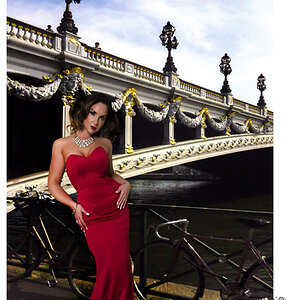


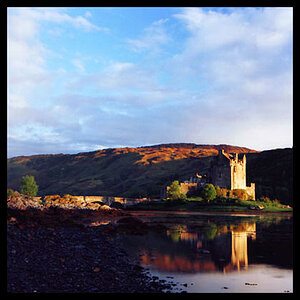


![[No title]](/data/xfmg/thumbnail/37/37634-504722605a418b398f3cd1dbabf936e5.jpg?1619738156)
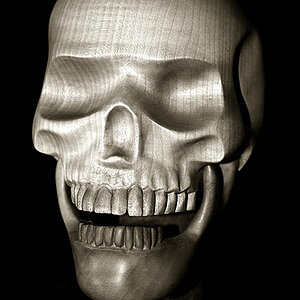
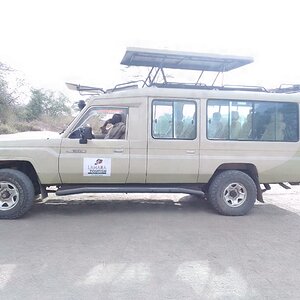
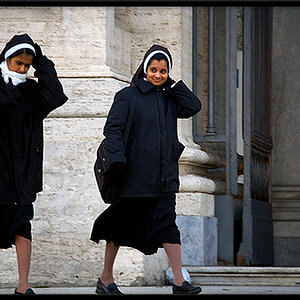

![[No title]](/data/xfmg/thumbnail/37/37633-94737d4436dff45b827dcc332ff7fba9.jpg?1619738156)